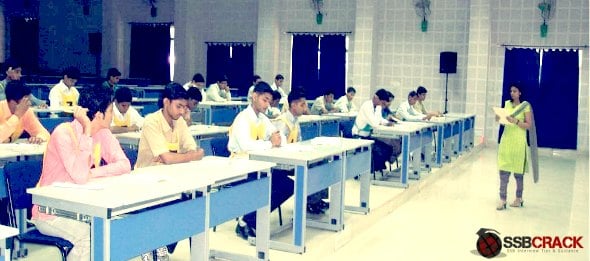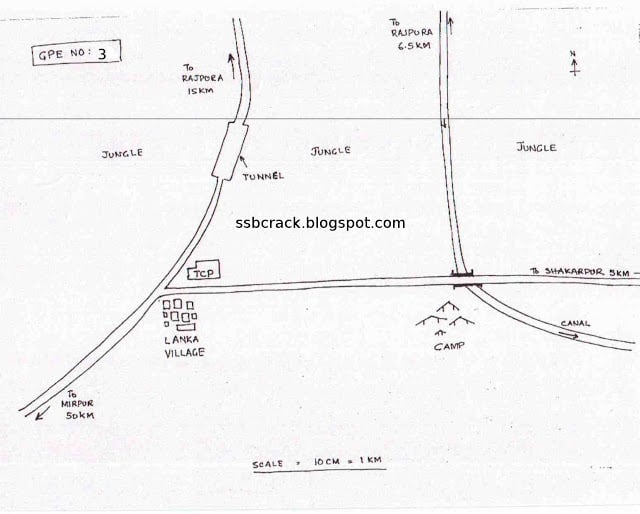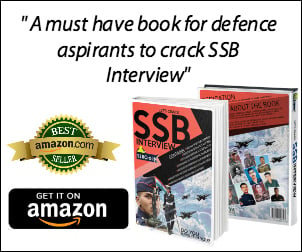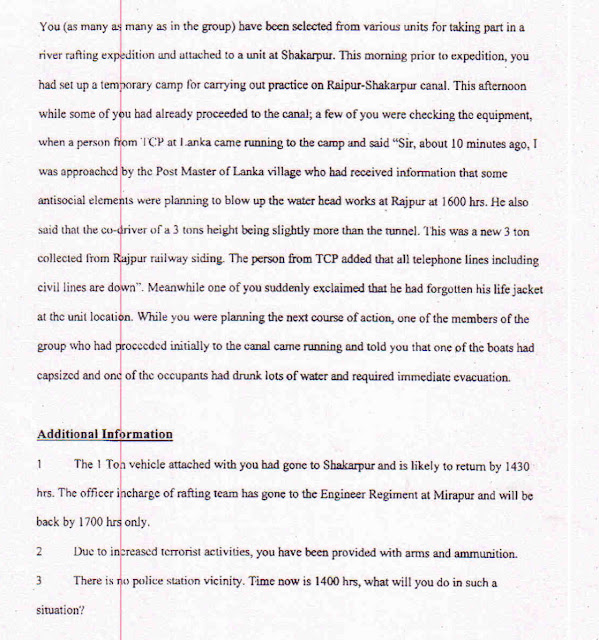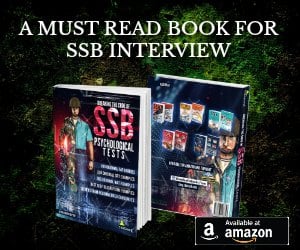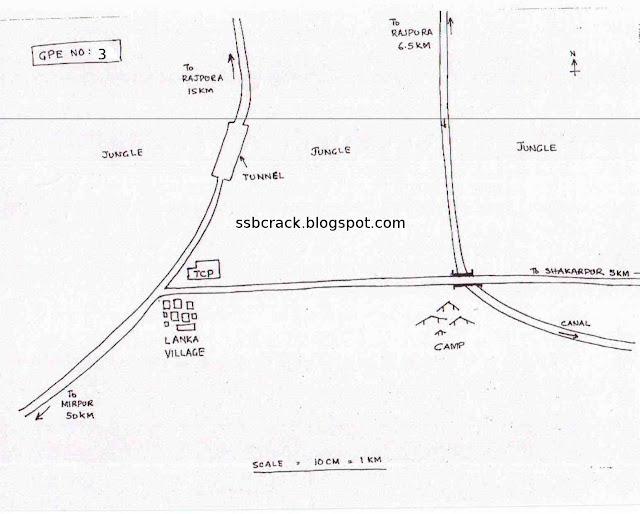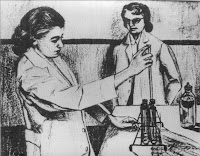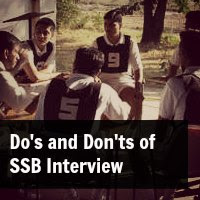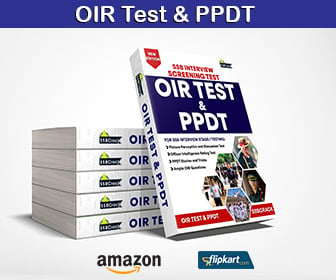Indian Air Force will conduct AFCAT tentatively in the month of February. The AFCAT 2022 – 2023 online application will open on the official AFCAT CDAC platform. You can check the complete AFCAT notification for flying, the technical and non-technical branch of the IAF. In this article, you can find a few important details regarding the upcoming AFCAT Notification. Candidates can join the Indian Air Force as an officer through AFCAT.
Indian Air Force invites Indian citizens (Men and Women) to be part of this elite force as Group A Gazetted Officers in Flying and Ground Duty (Technical and Non-Technical) branches.
The AFCAT is the best way to join the Indian air force and it is conducted only by CDAC on behalf of Indian Air Force across many online exam centers.
Male and Female can apply for the AFCAT online at their website afcat.cdac.in. To get the maximum deserving candidates for the entries, the Airforce authorities have planned a selection eligibility criteria, which is different for the entries of the exam. AFCAT exam will be conducted at various online centre across the country. AFCAT has a question paper of 100 questions with 300 maximum marks. More details related to AFCAT 1 2022 is mentioned below:
How To Prepare For AFCAT Exam Online
- Serious defence aspirants can join our full AFCAT online course, the course is specially designed for the AFCAT aspirants that will help them to score better marks in the AFCAT 1 2022 exam.
- Our AFCAT Online course covers the detailed syllabus for Numerical Ability, English, GK, Reasoning and Military Aptitude for the online exam. It also covers AFCAT mock tests for better practice.
AFCAT Branches and Age Limits
- Flying
- Ground Duty Technical
- Ground Duty Non-Technical
Flying
- Age – Flying Branch. 20 to 24 years as on 01 Jan 2023 i.e. born between 02 Jan 1999 to 01 01 Jan 2003. (both dates inclusive). Upper age limit for candidates holding valid and current Commercial Pilot Licence issued by DGCA (India) is relaxable up to 26 years i.e. born between 02 Jan 1997 to 01 Jan 2003 (both dates inclusive).
Educational Qualification
- A graduate candidate with minimum 60% marks and must have scored minimum 60%marks in Maths and Physics in 10+2 in 12th standard.
- B.Tech/ B.E candidates who have scored minimum 60% marks and have scored 60% marks in maths and physics in 10+2 in 12th standard are also eligible for it.
Ground Duty Technical
- Age – 20 to 26 years as on 01 Jan 2023 i.e. born between 02 Jan 1997 to 01 Jan 2003 (both dates inclusive).
Educational Qualification
- The candidate must have B.Tech/ B.E degree in notified streams as mentioned in the official notification of the IAF with minimum 60% marks and have scored minimum 60% marks in Physics and Maths in 10+2 standard are eligible for technical entry.
Ground Duty Non-Technical
- Age – 20 to 26 years as on 01 Jan 2023 i.e. born between 02 Jan 1997 to 01 Jan 2003 (both dates inclusive).
Educational Qualification
- Administration and Logistics – Graduation degree with minimum 60% marks or equivalent.
- Accounts – B.Com Degree with minimum 60% marks or equivalent.
- Education – Post graduate degree (MBA / MCA or MA / M Sc degree in English / Physics / Mathematics / Chemistry / Statistics / International relations / International Studies / Defence Studies / Psychology / Computer Science / IT /Management / Mass Communication / Journalism / Public Relation) with minimum 50% marks, along with minimum 60% marks in graduation.
AFCAT 1 2022 Selection Procedure
- Indian airforce will conduct the AFCAT online exam across the country at different test centers. AFCAT 1 2022 online exam will be tentatively conducted on Februray 2022.
- IAF will publish the results of AFCAT 1 2022 in March 2022 and candidates will be able to check their marks, cut off marks etc on the official portal i.e. afcat.cdac.in
- Selected candidates have to choose their AFSB interview venue and date on the same portal.
- The screening test is the first stage of the interview, which consists of verbal, nonverbal tests and a PPDT test. The selected candidates will stay at the centres for further selection tests and those who could not qualify it, would be set free on the same day.
- The next stage consists of a personal interview, Psychology and GTO tests, PABT (for flying only), on the last day conference will be conducted after which, the final result is announced. The selected candidates are sent for medical examination.
The subjects, the time allowed and the maximum marks allotted to each subject will be as follows:
AFCAT 1 2022 Online Exam Pattern

Syllabus of the AFCAT 2022
- English: Comprehension, Error Detection, Sentence Completion/Filling in of correct word, Synonyms, Antonyms and Testing of Vocabulary, Idioms and Phrases
- General Awareness: History, Geography, Civics, Politics, Current Affairs, Environment, Basic Science, Defence, Art, Culture, Sports, etc
- Numerical Ability: Decimal Fraction, Time and Work, Average, Profit & Loss, Percentage, Ratio & Proportion and Simple Interest, Time & Distance (Trains/Boats & Streams)
- Reasoning and Military Aptitude Test: Verbal Skills and Spatial Ability
(a) General Awareness
- History
- Sports
- Geography
- Environment
- Civics
- Basic Science
- Defence
- Art
- Culture
- Current Affairs
- Politics
(b) Verbal Ability in English
- Comprehension
- Error Detection
- Sentence Completion
- Synonyms
- Antonyms
- Testing of Vocabulary
(c) Numerical Ability
- Decimal Fraction
- Simplification
- Average
- Profit & loss
- Percentage
- Ratio & Proportion
- Simple Interest
(d) Reasoning and Military Aptitude Test
- Verbal Skills
- Spatial Ability
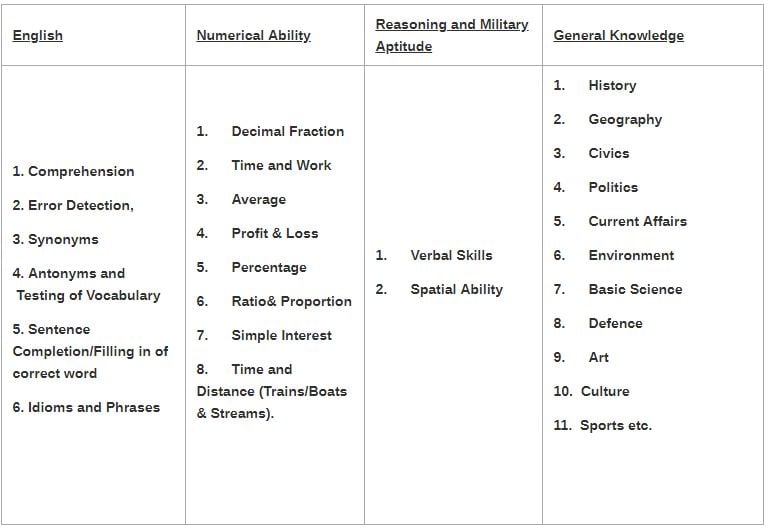
Standard of AFCAT 2022 Question Paper:
- The standard of Numerical Ability Questions will be of Matriculation level. The standard of questions in other subjects will be of graduation level (Indian University).
- The Online examination will consist of objective type questions and will be in English only for both AFCAT and EKT
AFCAT 2022 Marking Scheme
- Three marks will be awarded for every correct answer.
- One mark will be deducted for every incorrect answer.
- No marks for unattempted questions.
Questions will be based on the metric system of Weights & Measures wherever applicable. Candidates must appear for the Online AFCAT in person. Under no circumstance will any scribe or another candidate be allowed to appear/ assist in the exam. Air Force has the discretion to fix qualifying marks in any or all the subjects of the examination.
AFCAT 1 2022 Important Dates
- AFCAT 1 2022 online registrations are open from 1st December 2021
- AFCAT 1 2022 online exam will be conducted on February 2022
Conclusion – The candidates have significant time to prepare and compete for AFCAT 1 2022. Those who are appearing in their graduation course as mentioned above in the educational qualification criteria can target the exam. The exam comes with the moderate difficulty level and a strategical approach can bring marks over the cut-off.
If you are preparing for the AFCAT 1 2022 written exam and SSB interview, you can check SSBCrackExams online courses and mock tests.
ALSO READ: AFCAT 1 2022 Notification And Exam Date [Out Now]


